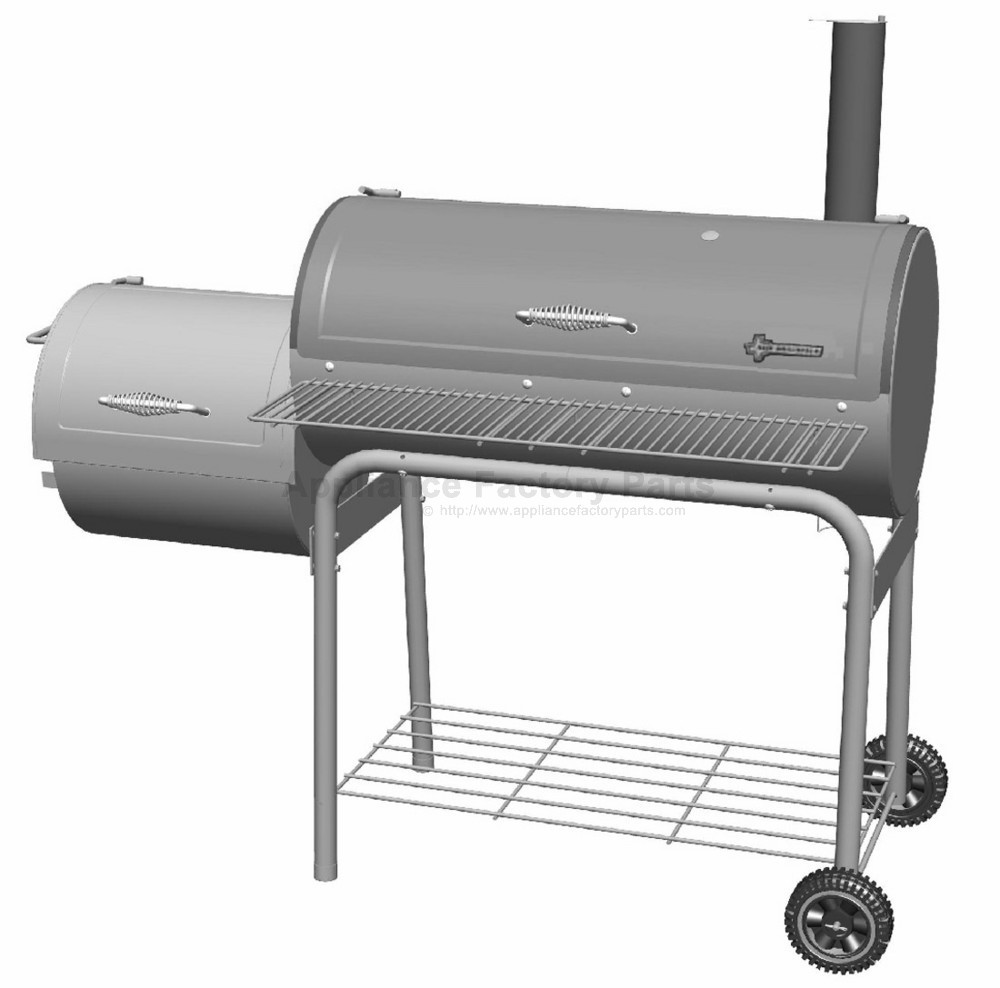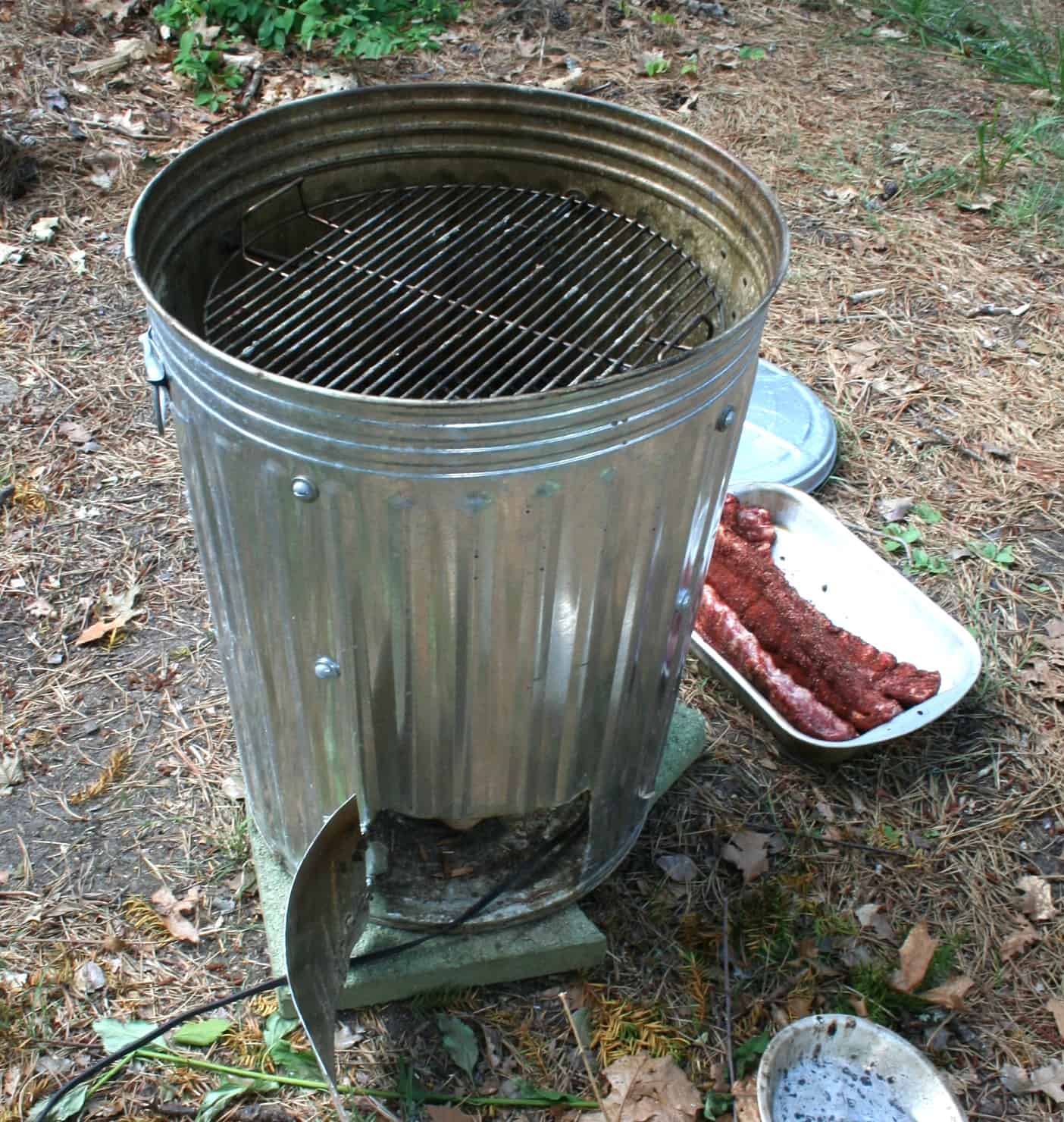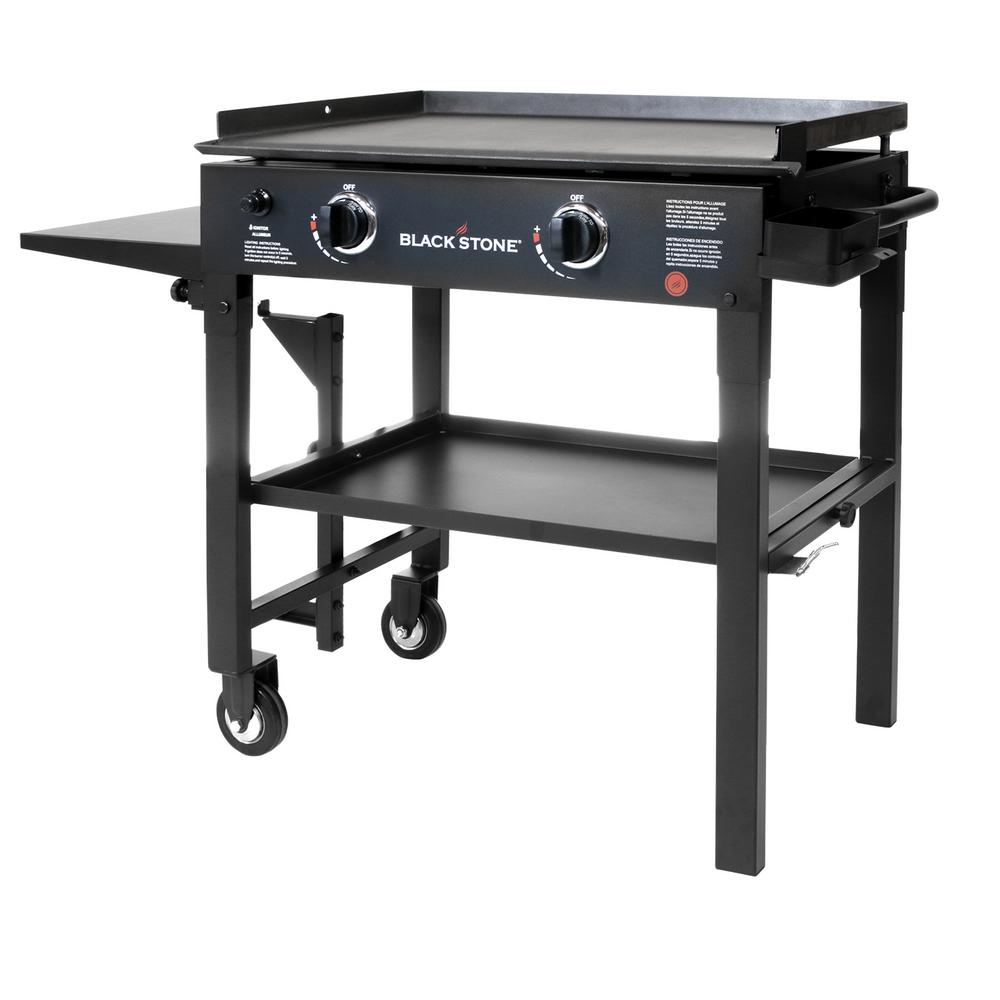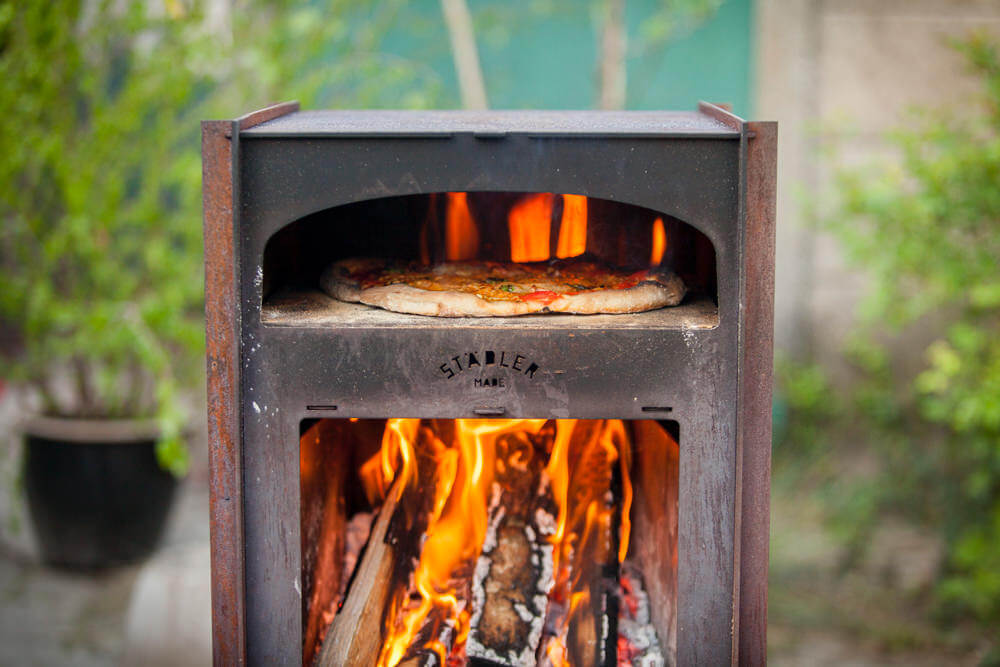Page 1 of 3
OAUSA Net - July 26, 2018 - Outdoor Cooking
Posted: Tue Jul 24, 2018 9:26 pm
by DaveK
OUTDOOR COOKING
Outdoor cooking means something different to everyone. So, we invited some of our favorite chefs to join us for this net to discuss their techniques, recipes, utensils and secrets. Since cooking is often a reflection of the chef, we want to also invite any others to do the same.
One of the great things about cooking and food nets is that everyone enjoys a good meal, and we all learn from others. Hope to see you!!!
Backyard Cooking - General Categories
Posted: Wed Jul 25, 2018 7:42 am
by Jeff-OAUSA
Outdoor Cooking - Perspective
"Outdoor cooking is not just about hot dogs and hamburgers. There are so many styles of food you can make."
― Guy Fieri
"My favorite moments? Where it's all going swimmingly, the sun's out and I've got a fire going and a nice snake on the barbecue."
― Bear Grylls
"I updated my grilling app, iGrill, today and it now has Facebook integration that lets you see what other people are grilling right now around the world. Awesome."
― Mark Zuckerberg
"In 2011 – 2015, fire departments went to an annual average of 9,600 home fires involving grills, hibachis or barbecues per year, including 4,100 structure fires and 5,500 outside or unclassified fires."
National Fire Protection Association
“Always listen to experts. They'll tell you what can't be done, and why. Then do it.”
― Robert A. Heinlein
Lineup for Tonight
The plan is to
briefly cover the following outdoor (backyard) cooking topics. Being
brief is key because we could propbably do a full Net on each item.
I will start with some advice.
- If you don't already practice outdoor cooking, give it a try.
- If you already practice outdoor cooking, expand your repertoire and add a new style or try another fuel.
- Practice is the key. If you are good at outdoor cooking, practice will make you better. If your outdoor cooking results are unsatisfactory, make Google your friend, practice and you will be better!
- A good beer or wine, of course in moderation, can enhance the backyard outdoor cooking experience, and pairs well with the food.
- The quality of the meats and foods that come off a grill, out of a smoker, or out of an outdoor oven has no correlation to what one spends on the equipment, whether you buy it or build it yourself.
Backyard Cooking - Equipment - Grills
Posted: Wed Jul 25, 2018 8:32 am
by Jeff-OAUSA
Grills
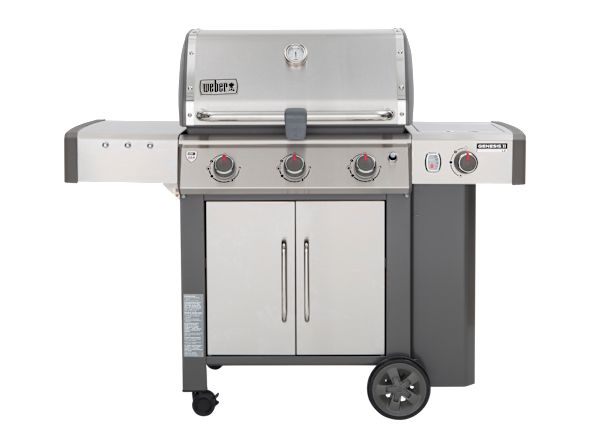 Weber branded gas grill. Propane is the traditional fuel, however natural gas is an alternative on some grills. Prices range from $200 to $1750 for backyard style equipment.
Weber branded gas grill. Propane is the traditional fuel, however natural gas is an alternative on some grills. Prices range from $200 to $1750 for backyard style equipment.
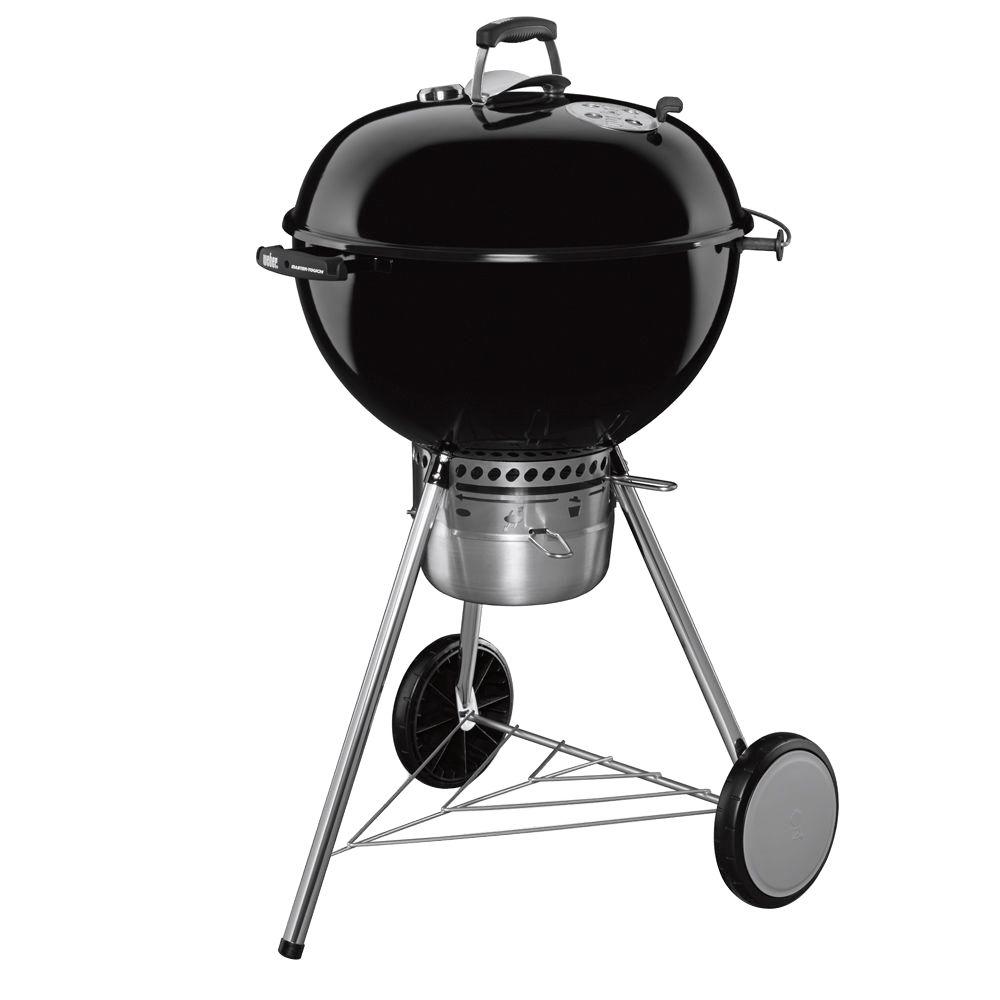 Weber branded charcoal grill. Charcoal (briquettes or hardwood) are the traditional fuel used in kettle grills. Prices range from $75 to $175 for backyard style equipment.
Weber branded charcoal grill. Charcoal (briquettes or hardwood) are the traditional fuel used in kettle grills. Prices range from $75 to $175 for backyard style equipment.
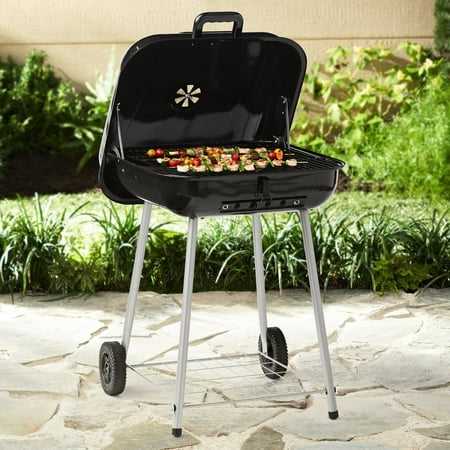 Multi-branded charcoal grill. Charcoal (briquettes) are the traditional fuel, however hardwood is an alternative if you are ok with premature burn out of the grill body. Prices ranges from $25 to $75.
Multi-branded charcoal grill. Charcoal (briquettes) are the traditional fuel, however hardwood is an alternative if you are ok with premature burn out of the grill body. Prices ranges from $25 to $75.
Backyard Cooking - Equipment - Stovetop Alternatives
Posted: Wed Jul 25, 2018 8:42 am
by Jeff-OAUSA
Backyard Cooking - Equipment - Oven Alternatives
Posted: Wed Jul 25, 2018 8:42 am
by Jeff-OAUSA
Backyard Cooking - Fuels
Posted: Wed Jul 25, 2018 8:52 am
by Jeff-OAUSA
The traditional fuels for backyard cooking are charcoal briquettes, hardwoods (charcoal, chunks, logs), and compressed gas (propane, natural gas).
Charcoal
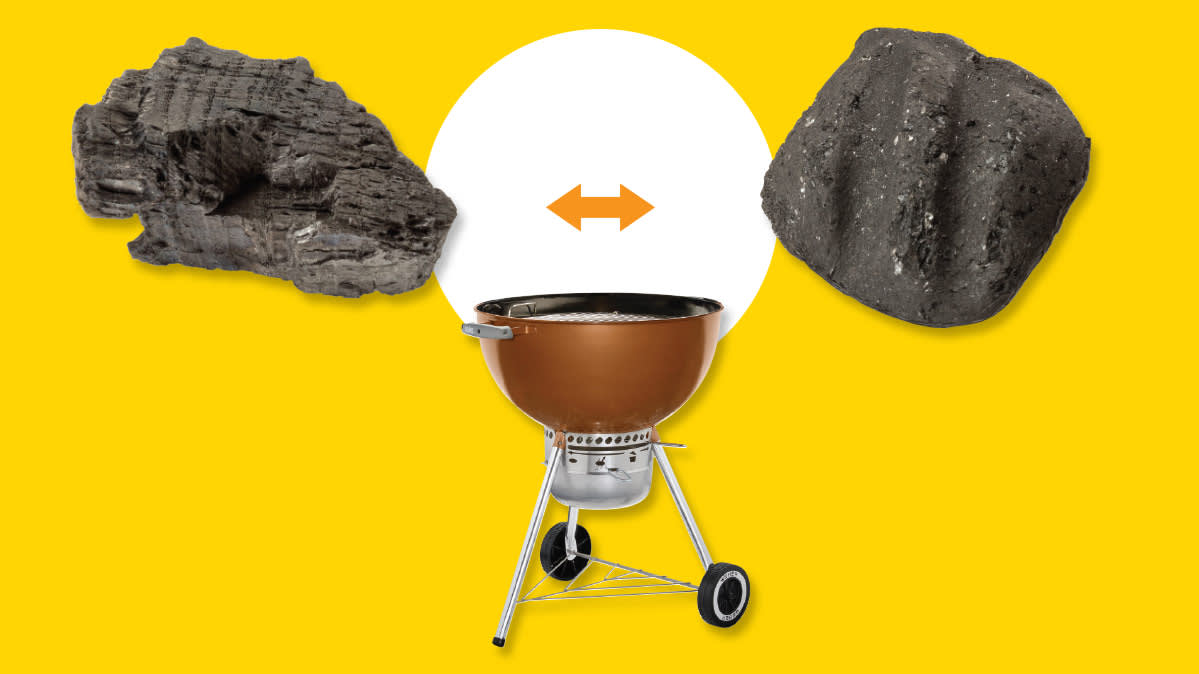 What’s all the fuss about Lump Charcoal?
What’s all the fuss about Lump Charcoal?
Lump charcoal is made by slowly burning pieces of wood in the absence of oxygen until all the natural chemicals, sap and moisture get out of the wood. After that we are left with less harmful charcoal lump with lots of good qualities; it is little more than carbon, leaves very little ash after burning out, burns hotter and lights faster than briquettes. Lump charcoal also responds accordingly to oxygen, hence you can easily control the level of heat if your grill features adjustable air vents. It also contains no fillers or additives which makes it one of the cleanest ways to barbecue. Lump charcoal burns faster and hotter than briquettes so you do need to be careful with your temperature control.
Pros
- Contains no additives (all natural)
- Easier temperature adjustment
Cons
- Bags contain uneven pieces of charcoal that can make it hard to grill. It also takes a bit more effort to cook with the snake method although it can be done by breaking the lump down into briquette sized chunks
- More expensive than briquettes
Overview of Charcoal Briquettes
Briquettes are made from saw dusts and left over woods that are burnt down the same way as lump charcoal. Unlike lump charcoal, additives are in the process of making briquettes unlike lump charcoal which is purely wood.
The additives are mainly used to hold the materials together in order to achieve clean little blocks that are often roundish-squarish in shape which makes them easier to stack. Although briquettes burn longer, they do not burn as hot as lump charcoal. They are sometimes made using chemicals or other lighter fluids to make starting easier. In most cases, you will end up tasting what you burn because of the additives used when making briquettes. ‘Many briquette users have claimed to smell the additives as they cook and sometimes even taste it in lighter foods like chicken or fish. But that shouldn’t discourage you from using briquettes so long as you stock up on a reputable brand like Stubb’s all-natural charcoal briquetts.
Pros
- Maintains a steady temperature for a longer period.
- Cheaper than lump charcoal
Cons
- Produces a chemical smell
Source:
https://www.smokedbbqsource.com/lump-ch ... riquettes/
Pellets
 Pellets, these branded by Traeger, are gaining in popularity and provide a great fuel for grilling and smoking.
Propane
Pellets, these branded by Traeger, are gaining in popularity and provide a great fuel for grilling and smoking.
Propane
 Propane comes in all sorts of bottles and tanks to suit outdoor cooking use.
Propane comes in all sorts of bottles and tanks to suit outdoor cooking use.
 Even Hank Hill and his neighbors go with charcoal now and then!
Even Hank Hill and his neighbors go with charcoal now and then!
Propane is very convenient, clean, and fast: that said, if you usually or always cook with propane, consider trying out charcoal or hardwood for a change.
Natural Gas
Natural Gas is an alternative to propane.
Pros
- Inexpensive per cubic foot and per BTU.
- Not subject to running out half way through a cookout.
- Well suited to fixed cooking locations.
Cons
- Must be piped to each individual cooking location.
- Requires installation of orifices that often, but not always, come with equipment set up for propane.
Re: OAUSA Net - July 26, 2018 - Outdoor Cooking
Posted: Wed Jul 25, 2018 6:09 pm
by NotAMog
Cooking for a Group
For many years I did an annual camping trip to the Riverside Telescope Maker's Conference (RTMC) near Big Bear, California. It was usually my only guaranteed camping trip of the summer. I started out with a small white gas backpacking stove and a friend had a table top propane grill. As the years went by our group started to get into a friendly competition making increasingly elaborate meals. We would be preparing food for anywhere from 5 to 15 people.
I went through a progression of stoves and cooking equipment until I finally ended up with what I classify as an outfitter stove.
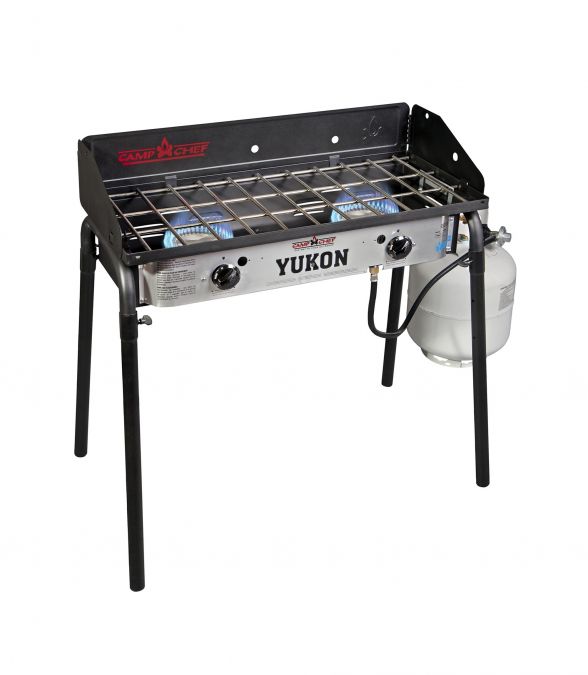
- yk60lw_1__3(1).jpg (27.43 KiB) Viewed 1376 times
Mine is 2 burner with a griddle that covers the whole stove top.
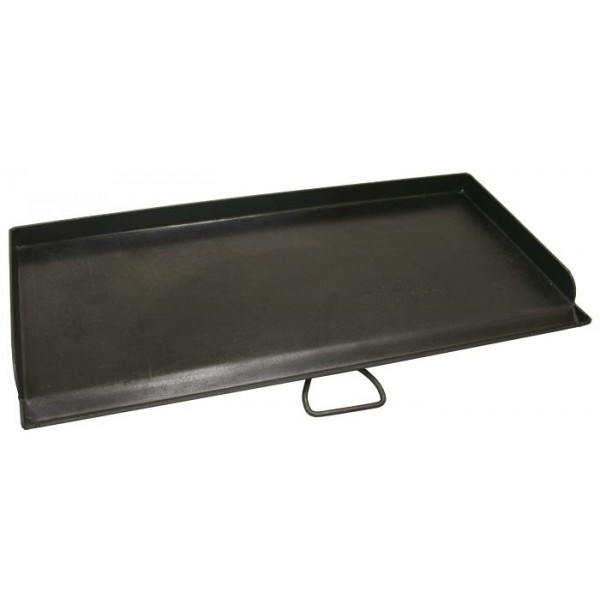
- SG60_3.jpg (19.54 KiB) Viewed 1376 times
The equivalent 3 burner stove is now offered as a seasonal item at Costco.
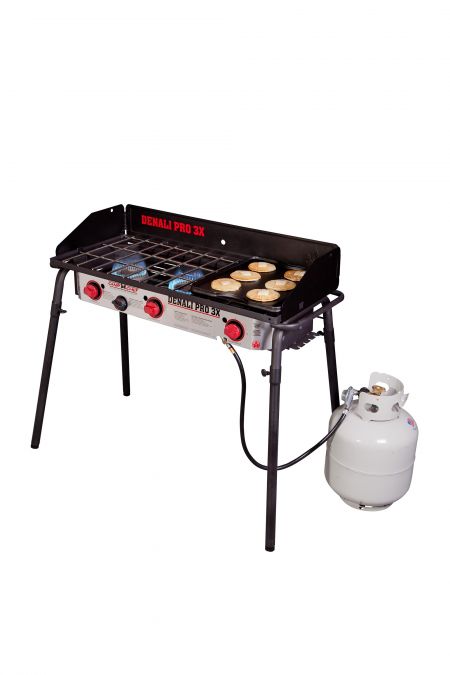
- Camp Chef Denali Large.jpg (18.91 KiB) Viewed 1376 times
These large stoves make preparing meals for a large group much easier. They have 30,000 BTU burners that will get a large pot boiling quickly. Most smaller camping stoves have burners in the 10,000 to 15,000 BTU range.
With the griddle on top you can have 2 different heat areas for preparing different kinds of food or to have cooking and holding areas.
These stoves are bulky and heavy to carry around and need at least a 20lb propane tank but really make a difference when cooking for a group. We used mine to make 2 and sometimes 3 meals a day for 10 people over 5 days at the Oregon Star Party last year. We went through about 1 1/2 20lb tanks of propane. It was worth it though for the versatility and speed of preparation that a large stove of this type provides.
Re: OAUSA Net - July 26, 2018 - Outdoor Cooking
Posted: Thu Jul 26, 2018 12:20 pm
by toms
Product Spot Light
Wind Tamer
Mitchell Schliebs sent me an email to introduce his product. I have not used it nor actually seen it live. It might have some applicataion so I am passing it on for you review.
https://rvandoffroad.com/camping-and-off-road
$120.00
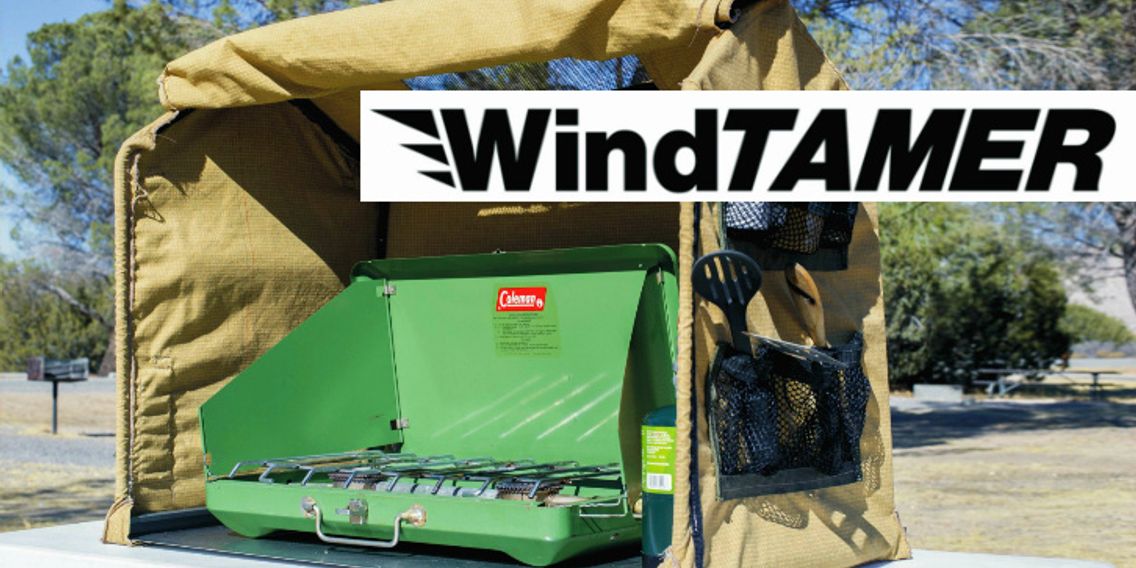
- Windtamer1.jpg (112.44 KiB) Viewed 1358 times
Control the weather in your campground kitchen & significantly reduce fuel cost. Use your camp stove in rain, wind and cold. Make use of Dutch ovens in fire restricted zones. Lodge grills and small BBQs can be used in rain and windy conditions.
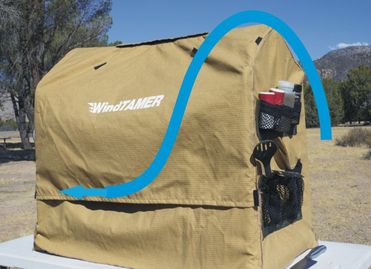
- Windtamer 2.jpg (20.45 KiB) Viewed 1358 times
•Utility and function in design. Keeps utensils, towels and more at the ready.
•Folds up flat to 2"x 32"x 18" inside carry case. Sets up in less than 2 minutes
•Wind passes over the flames and away from pots and pans. Keep prepared meals hot.
•Cooks faster conserving costly fuel.
•Warming shelf suspends from the frame and holds three 10 inch dishes to keep your food warm.
•Accommodates camp stoves up to 30" wide and Lodge grills.
•Nomex shell is vented for air flow.
•Machine washable
•Camping Foodies can bake bread, make fresh pizza
•Use your Dutch ovens in fire restricted areas.
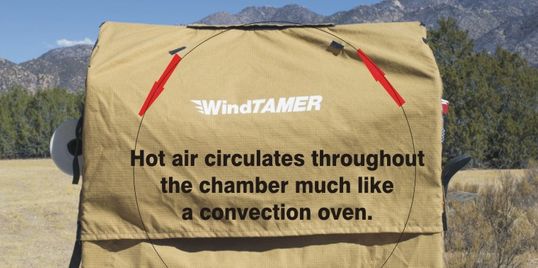
- Windtamer 3.jpg (30.61 KiB) Viewed 1358 times
Video on how it sets up.
https://youtu.be/gVQK_FIbTOo
If you want more information or a quote, please call or send us a message.
RV and Off Road
16151 Main Street, Hesperia, CA 92345, US
(800) 216-1664 / 760 948 1664
Re: OAUSA Net - July 26, 2018 - Outdoor Cooking
Posted: Thu Jul 26, 2018 12:27 pm
by toms
Barriers to Camp cooking
Do any of these seem familiar?
• Late getting into camp
• Tired after a long day on the trail
• Lack of Table space
• Low or no Light
• Fire restrictions in place
• Insects
• Animals
• Bad weather (High winds, rain)
• Chore of cleaning up
• Need to conserve water
• Too much happy hour!
• Tried to boil water and failed



